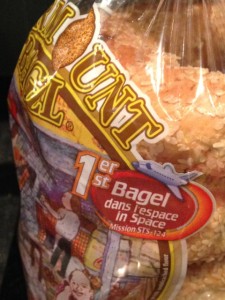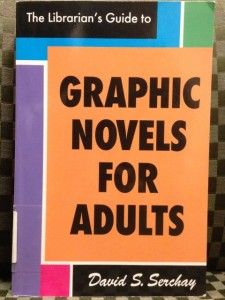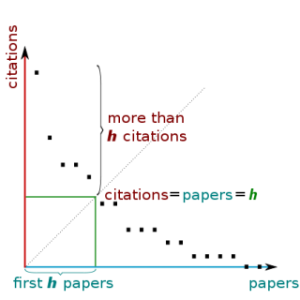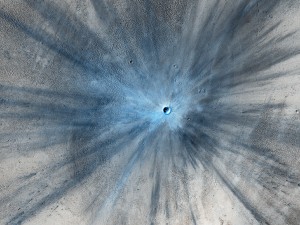I have been waiting for this – edX mobile is finally here.
I’ve been taking courses from the two big names in Massive Open Online Courses (MOOCs), edX and Coursera, and making good use of Coursera’s iOS app on my iPhone (also available for Android). What I like about having the apps is that I can download course videos and view them anytime, even offline.
I can now get on with the course I’ve signed up for from MITx: Design and Development of Games for Learning. The furthest I’ve got is through their pre-course tutorial videos on Gameblox. I designed my first game (don’t judge!).
Keep your eye on offerings from McGill on McGillx. You can now follow courses on your mobile (yay).




